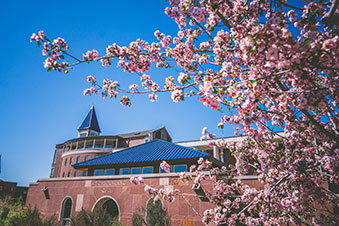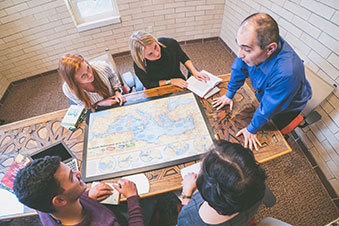Georeferencing and Mapping Spatial Distributions of Peruvian/Quechuan Arborglyphs in North Routt County
Tree carvings, known as arborglyphs created by Quechuan and Peruvian sheepherders can be found dispersed among the aspen groves of North Routt County, Colorado. A citizen scientist, Mark Chapman, formerly of Steamboat Springs donated his documentation and photos of some approximate locations of glyphs. Dr. Alison Krögel, an Associate Professor at DU, has extensive knowledge of Quechua and Peruvian sheepherder labor in the U.S., and was interested in adding a spatial component to her research.
In order to complete the GIS portion of the project, I designed a database where information about each glyph would be stored. Part of the spatial data for this project exists as exact points, which were derived from coordinate information on digital photos taken by Dr. Krögel. The other data exists as polygons that represent approximate areas where Mark Chapman had found glyphs in Routt County.
This project aimed to represent the location of these glyphs as spatial data in order to analyze historical distribution and movement of sheepherders in this area. I created various deliverables throughout the project that will illustrate the history of shepherding in the area using the datasets created early in the project. First, another student researcher, Thaddeus Driscoll, and I created several maps to be printed and displayed in future exhibits. Second, I created a web application that displays the map of glyph locations and allows you to filter by artist, country of origin, and other attributes. Lastly, I am currently working on a Story Map, which is similar to a website, to share the GIS and historical components of the project in a narrative style. This project will supplement anthropological research about the sheepherders in this area as well as provide spatial data that can be used in locating and marking these trees for historical and cultural preservation.


